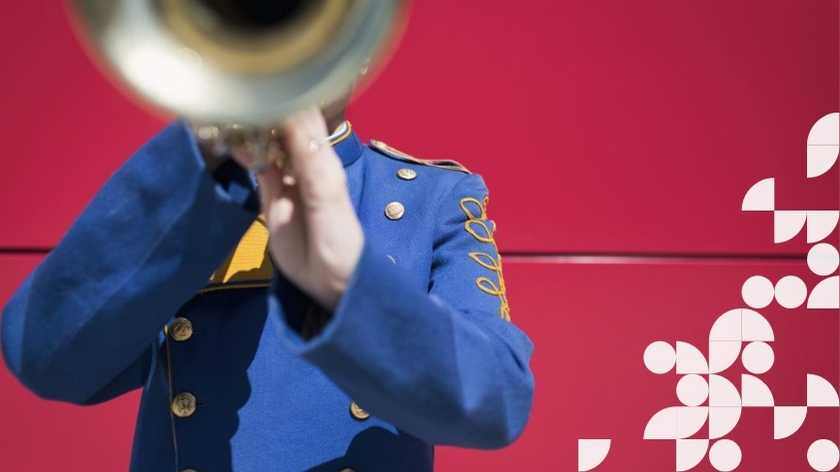Unlike a chamber music ensemble, which allows for great freedom among its musicians, an orchestra is typically led by a conductor who decides on the pieces and their interpretation. One consequence of this constant control is that orchestra musicians are often not very happy at work. In contrast to this organizational style, the Orpheus Orchestra, founded in 1972, decided to operate differently.
The Orpheus Orchestra initially experimented with a democratic approach, in which the thirty musicians could propose pieces and intervene during rehearsals. However, this model did not work for long: each musician wanted to try their solution, leading to long and chaotic rehearsals... While the orchestra was more creative, it was not economically viable. Soon, it simply could no longer afford these unproductive rehearsals.
To find the right balance between democratic operation and financial sustainability, the musicians implemented a rotation of leadership.
"I loved the flexibility and clarity of chamber music. I wanted to preserve this camaraderie and spirit in a larger group. And for everyone to communicate effectively, it seemed necessary not to have a conductor." - Julian Fifer, founder of the Orpheus Orchestra
The solution? With each new piece, a new leader! For each new piece played, a committee of orchestra members (itself appointed by all musicians) selects a group of 5 to 10 musicians to be part of the "core group." Each member of this core group represents a section (cellos, oboes, etc.). The role of this group is to provide the artistic framework, develop the interpretation, and lead rehearsals. Within this core group, a musician is elected to be the concertmaster: they have the final responsibility to negotiate and explain the core group's vision to all musicians during rehearsals. They are usually chosen for specific skills: for example, an expert in Baroque music may be designated as concertmaster for a piece by Handel. The concertmaster does not impose their vision but represents the core group that has been designated to find and share a consensus.
The core group members first rehearse the piece among themselves to establish the artistic framework. Once they agree, they communicate it to the rest of the orchestra during traditional rehearsals. Musicians, of course, retain the ability to express their disagreements! And when consensus is slow to be reached and time is running out, the issue is settled by a vote.
A certain culture of exchange is necessary for the smooth running of these rehearsals. Unlike in a traditional orchestra, where each musician focuses solely on their individual performance, Orpheus musicians also pay great attention to their colleagues' performances. A violinist can thus comment on the interpretation of a flutist if it seems appropriate. This requires great listening skills. Although every musician is encouraged to actively participate in the artistic creation process, not all ideas can be integrated. Musicians must therefore accept that a proposed idea may not be accepted.
The principle of rotation also applies to the seating arrangement of musicians: changing places allows each musician to be both a leader and a follower during the same concert. From there to speaking of musical chairs, there is only one step. And believe it or not, governance is not exempt: a participative administrative structure has been created. This includes three artistic directors who are also subject to rotation: the musicians they represent regularly rotate.
What is the result of this new operation? The turnover is very low, and its artistic quality has earned it a Grammy award and an excellent reputation. However, there is a financial cost in the short term: rehearsal expenses remain higher than for a traditional orchestra.




